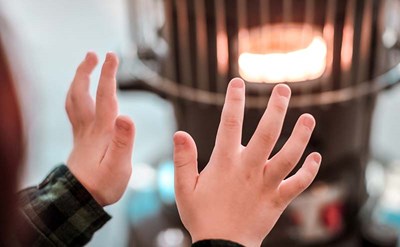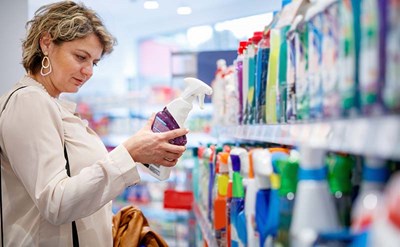Carbon monoxide is a colorless, odorless, tasteless gas produced by burning gas, wood, propane, charcoal or other fuel. Improperly ventilated appliances, generators and engines may allow carbon monoxide to accumulate to dangerous levels.
According to the CDC, more than 100,000 people visit an emergency room for accidental carbon monoxide poisoning every year, with more than 14,000 hospitalized.
Carbon monoxide has no odor, color or taste. When people become sick the symptoms are similar to the flu, which can cause victims to ignore the early signs of carbon monoxide poisoning.
Protect yourself and your family
Carbon monoxide poisoning can be prevented with simple actions such installing a carbon monoxide detector and maintaining fuel burning appliances.
Install a carbon monoxide detector today. Put one in the hallway near each sleeping area in your home. Check the batteries every time you check your smoke detector batteries—at least twice a year. If the alarm sounds, leave the house and call 911 or the fire department. Carbon monoxide detectors are also available for motor homes and boats.
Symptoms of carbon monoxide poisoning
For most people, the first signs of exposure include mild headache and breathlessness with moderate exercise. Continued exposure can lead to more severe headaches, dizziness, fatigue and nausea. Eventually symptoms may progress to confusion, irritability, impaired judgment and coordination, and loss of consciousness.
You can tell the difference between carbon monoxide poisoning and the flu with these clues:
- You feel better when you are away from home
- Everyone is the home is sick at the same time (the flu is typically passed from person to person)
- The family members most effected spend the most time in the house
- Indoor pets appear ill
- You don’t have a fever or body aches, and you don’t have swollen lymph nodes that are common with the flu and some other infections
- Symptoms appear or seem to get worse when using fuel-burning equipment
If the carbon monoxide alarm sounds, immediately move outside to fresh air.
Call 911 and do not reenter the premises until the emergency responders confirm that it is safe.
 American College of Emergency Physicians
American College of Emergency Physicians







